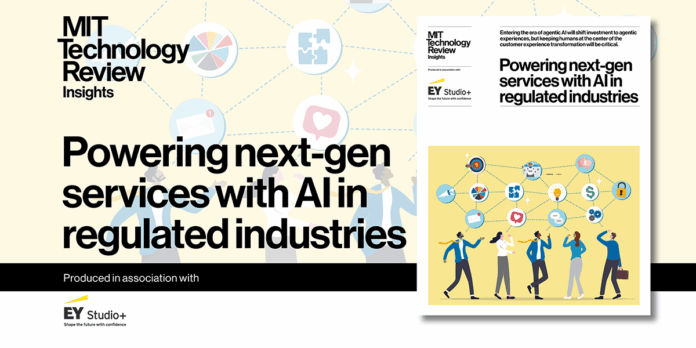Businesses within highly regulated industries such as financial services, insurance and pharmaceuticals are increasingly using AI-powered tools to streamline sensitive and complex tasks. Conversational AI-driven user interfaces help hospitals track the location and delivery time of cancer drugs for patients. Insurance customers can use AI chatbots to answer questions and resolve problems. Agentic AI systems will help financial services customers make complex financial planning and budgeting choices.
Over the last 15 years, digital transformation has led to a shift in the way many regulated industries have viewed digital technologies. They now see them as a place where they can provide a more cost-effective, meaningful customer experience, and divert the customer away from more expensive, complex channels of service.
The “last mile” in the end-toend customer journey can be a challenge for many. This stage of the customer journey often involves more complex interactions that can’t be handled by a self-service portal or app. It could be a difficult health diagnosis, late mortgage payments, applying to government benefits, or understanding what lifestyle you can afford when retiring. Neufeld says that when it comes to more complex service requirements, there is a bias towards human interaction. “We want someone to talk to, we want to know if we’re making the right decision, or alternative perspectives and views.”
Insights is the custom content arm of MIT Technology Review. It was not written or edited by MIT Technology Review.
The content of this article was written, designed and researched by humans, including writers, editors and analysts. This includes the creation of surveys and the collection of data. AI tools were only used in secondary production processes, which had been thoroughly reviewed by humans.


